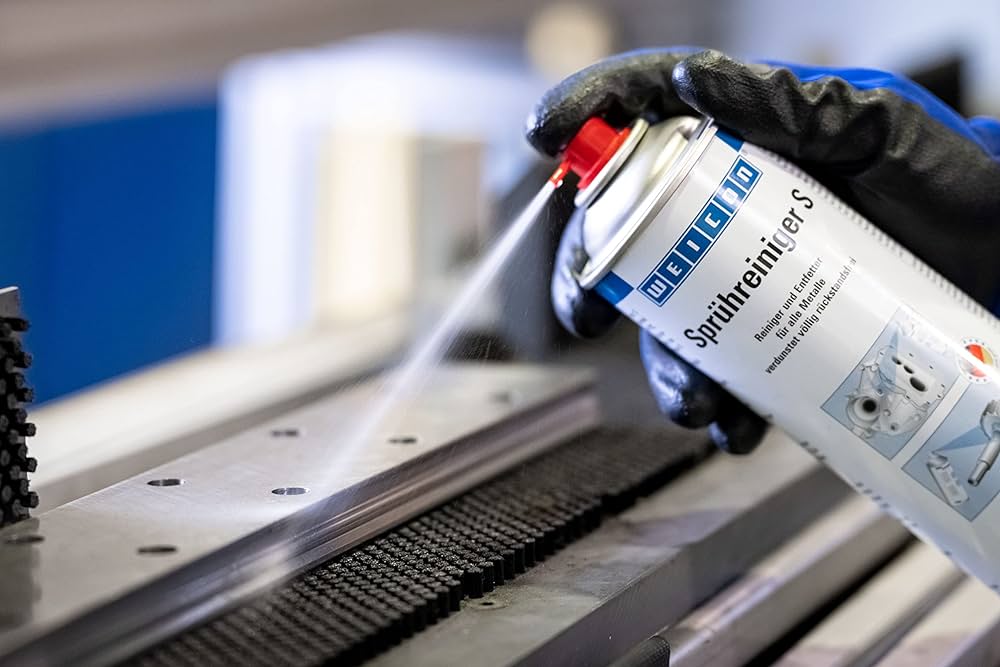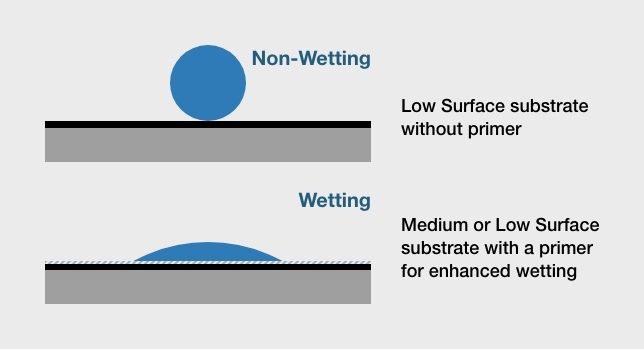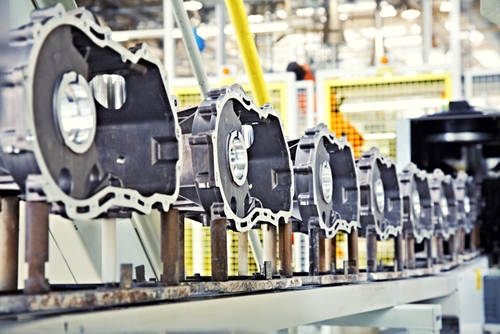

- Contributions by industrial experts with engineers in mind
- Focused on specialty-chemical material applications and selection
Knowledge Center
Unique Advantages of Contact Adhesives

What are Contact Adhesives?
Contact adhesives are one of the most commonly used forms of adhesives on the market. These types of adhesives can serve multiple functions and have the capacity to bond several different kinds of materials together with ease.
When concerned about having the right adhesive for the job, many companies have a hard time settling on which product to purchase. Contact adhesives work great in situations that require complete accuracy and a firm bond, which is why contractors go to great lengths to ensure they are conjoining substrates in the most reliable way possible.
How are contact adhesives used?
In the course of bonding two objects together, contact adhesives must be applied to both surfaces. Once the adhesives dry, the objects are placed overtop each other with special care given to how they are positioned.
Contact adhesives work when they are completely dry, and once two surfaces are bonded, the seal is permanent. Then, using a rollers or clamps, excess air is removed to create an even stronger bond.
These adhesives are typically used with laminates, countertops and wooden structures. Contact adhesives work best on nonporous substrates and are frequently used in the construction and manufacturing industries.
"These adhesives should be completely dry prior to bonding."
What are the benefits of contact adhesives?
One of the largest issues with some adhesives is the time it takes to dry. Contact adhesives, on the other hand, dry quickly in a matter of hours. Because these adhesives should be completely dry prior to bonding, there is less to clean up and little residue left over.
Contact adhesives' main advantage over other types of adhesives is their ability to form strong, permanent bonds immediately upon contact. This bond will last forever and can be applied with a brush, roller or spray. In addition, contact adhesives are available as both solvent- and water-based compounds, which make it ideal for companies to choose which application suits their needs.
As opposed to other adhesives, contact adhesives don't require a certain level of temperature or pressure for the bond to form. Because the adhesive is already dry, there is minimal need for extra work after the surfaces are joined.






